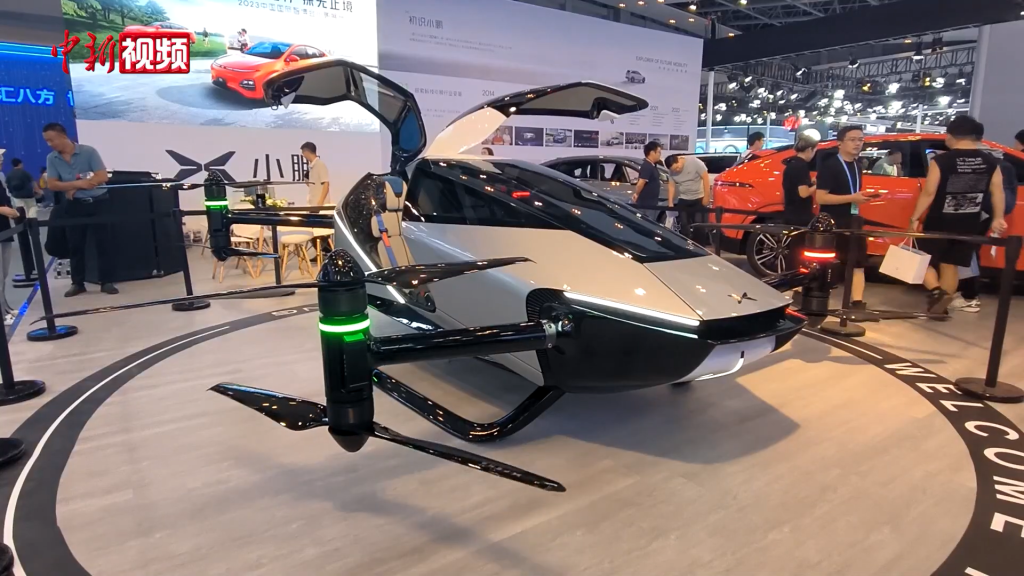The rapid advancement of the global new energy aviation industry has brought eVTOLs and flying cars into the spotlight. However, distinguishing between these technologies often raises questions. Are eVTOLs simply larger versions of drones? Are they a type of helicopter? This article aims to clarify the differences and boundaries between eVTOLs, drones, flying cars, and helicopters from an aviation perspective, providing a reference point for further discussion.
What is an eVTOL?
An eVTOL, or Electric Vertical Takeoff and Landing aircraft, combines two distinct concepts: electric power (e) and vertical takeoff and landing (VTOL). The former indicates the energy source, while the latter describes the flight capability. It’s important to note that vertical takeoff and landing aircraft are not exclusively electric; helicopters powered by aviation kerosene (like the Z-10 or CH-47 Chinook) and tiltrotor aircraft (such as the V-22 Osprey) also fall under this category. Essentially, “vertical takeoff and landing” and “helicopter” are closely related concepts, and eVTOLs can be considered a subset of helicopters.

eVTOL – Guangzhou Xiaopeng Automotive Technology
Technological Advances and Design Flexibility
The electrification of aviation, much like the automotive industry, allows for more versatile and simplified designs. Traditional helicopters rely on complex mechanical systems for power transmission, which can be simplified with electric propulsion. This opens the door for new configurations like multi-rotor, tiltrotor, and compound wing designs, which are easier to achieve with electric power. However, electric propulsion currently faces challenges in power and endurance, making it unlikely to replace traditional helicopters entirely. Instead, eVTOLs are expected to find their primary applications in new fields such as urban air mobility.

eVTOL – Electric Aircraft
Distinguishing eVTOLs from Drones
The primary difference between eVTOLs and drones lies in whether they are manned. For example, the EH-216S, which recently received a type certificate for manned unmanned aerial vehicles, shares a similar configuration with multi-rotor drones but is designed to carry passengers. While some eVTOL companies propose starting with cargo transport before moving to passenger transport, carrying passengers is the core purpose of eVTOLs. In general, we categorize aircraft as eVTOLs if they are manned and as drones if they are unmanned, regardless of their configuration or size.

evTOL (left), drone (right)
eVTOLs vs. Flying Cars
Flying cars, a concept dating back to the 1990s, have evolved with advancements in electric aviation. Originally featuring foldable wings, modern flying cars now often use vertical takeoff and landing designs, making them a subset of eVTOLs. A flying car must have the ability to fly and drive on the ground. While some flying cars with foldable wings do not fall under the eVTOL category, those capable of vertical takeoff do. Recently, split designs have emerged, where the flying car consists of a regular automobile and an eVTOL aircraft, with the car acting as a detachable component.

evTOL (left), flying car (right)
Conclusion
Under the broad category of “vertical takeoff and landing,” eVTOLs, flying cars, drones, and helicopters can be classified based on different criteria. The rise of eVTOLs and flying cars is closely linked to advances in new energy aviation technology. This technological shift is poised to drive significant changes in the aviation industry and its ecosystem in the coming years.
Leave a Reply